D.A. Carson and Douglas J. Moo, An Introduction to the New Testament. Second ed (Grand Rapids, MI: Zondervan, 2005), 535.



When Paul came to Thessalonica, he used OT messianic prophecy to convince these Jews and God-fearers that Jesus was the Messiah (Acts 17:2-4). Paul was only in Thessalonica for a short time before a lynch mob came for them, and he escaped to Berea. But the murderous mob followed him into that city, too. So, Paul escaped to Athens, where he was quickly joined by Timothy.
Paul wrote two letters to the church in Thessalonica. Even though Paul had only spent a short time in this city, God made a tremendous impact in the lives of the people there. Very quickly, the Thessalonians came to faith and began following Christ. They served as models of faith to the greater region of Macedonia and beyond (1 Thess. 1:8), and they became very generous givers—even though they were quite poor (2 Cor. 8:1-5; 11:9; Rom. 15:26). Paul has no admonition for this church in his first letter, so it must’ve been a very strong Christian group.
Authorship of 1 and 2 Thessalonians
Critical scholars accept the authenticity of 1 Thessalonians, but they reject the authenticity of 2 Thessalonians. We affirm that Paul wrote both letters, and we will give a short defense of both.
Paul claims to be the author of this letter (1 Thess. 1:1; 2:18), and modern scholars of all stripes accept that Paul wrote this letter. Older critical scholars of the NT (e.g. the Tübingen School) denied that Paul wrote 1 Thessalonians. However, Carson and Moo comment that “few scholars have followed in their footsteps.” This letter is “one of the seven letters ascribed to Paul that is included in the critical canon of authentic Pauline letters.” Robert Thomas concurs, “Only extremists such as the Tübingen scholars have questioned it.” Those who reject Paul’s authorship are in the “distinct minority.” Early Christian thinkers like Irenaeus, Tertullian, and Clement of Alexandria acknowledged it as a genuine letter of Paul. The letter appears in the Marcionite Canon (AD 140), the Muratorian Fragment (AD 180), and it is widely accepted today.
In Acts, Luke records that Paul spoke in the synagogue for three weeks in a row (Acts 17:2). This would serve as the minimum time that Paul stayed there. However, it is possible that Paul could have stayed longer than this, and Luke simply didn’t mention it. When Paul was in Thessalonica, he mentions receiving two financial gifts from the Philippians (Phil. 4:16), which does not fit a three week stay. Paul also mentions reaching a lot of Gentiles in Thessalonica (1 Thess. 1:9), which is not mentioned in Luke’s brief account. Moreover, Paul stayed long enough in the city to leave an example of his work ethic (1 Thess. 2:9), which seems to fit better with a longer stay. That being said, Paul didn’t stay there long. Blomberg notes, “Paul probably spent no more than a few months in Thessalonica on this specific missionary journey.”
Thessalonica was the capital of Macedonia as well as its largest city. Strabo called Thessalonica “the metropolis of Macedonia” (Geography, 7.7.21), and the poet Antipater called it “the mother of all Macedonia” (Palatine Anthology 4.228). Cassander (one of Alexander the Great’s generals) founded Thessalonica in 315 BC. He named this city after his wife, who was Alexander’s half-sister.
In Paul’s day, roughly 100,000 people populated this city. Blomberg writes, “Thessalonica was the largest city and capital of the province of Macedonia, which occupied roughly the northern half of the modern country of Greece.” Bock writes, “It had a major harbor and was a key link to the Bosporus and the Black Sea… As a senatorial province, it was very loyal to Rome.”
When Paul came to Thessalonica, he appealed to OT messianic prophecy to convince these people that Jesus was the Messiah (Acts 17:2-4). This was the first Greek city that Paul reached. Paul would have stayed longer, but he was forced to leave town. Paul was only in Thessalonica for a short time before a lynch mob came for him and his friends. As a result, he escaped to Berea. His persecutors followed him into that city, too. So, Paul escaped to Athens, where Timothy quickly joined him.
Date
Emperor Claudius wrote a letter that mentions Gallio as the proconsul of Achaia. The Delphi Inscription (which reproduces this letter) dates the letter to AD 52. Since proconsuls took office in July, this would begin Gallio’s service in July of AD 52.
Paul spent 18-20 months in Corinth (Acts 18:11, 18), and he left around AD 51-52. This means that Paul must’ve written 1 Thessalonians before this time. Paul apparently wrote the letter after Timothy and Silas met him in Corinth to deliver news about the Thessalonians (Acts 18:5; 1 Thess. 3:6). Based on this evidence, most scholars date the Thessalonian letters to either AD 50 or 51. These would include Bruce, Blomberg, Martin, Thomas, and Morris.
There has been considerable debate as to whether 2 Thessalonians was actually written before 1 Thessalonians. Indeed, the two letters were written very close together, and the internal evidence is fairly even as to which letter was written first. Moreover, just because a letter comes first in canonical order doesn’t mean it was first in chronological order.
However, Paul’s mention of “traditions which you were taught, whether by word of mouth or by letter from us” (2 Thess. 2:15) seems to favor the view that 1 Thessalonians was indeed first. That being said, Martin warns, “As long as this ambiguity remains, the interpreter is wise to avoid leaning heavily on any interpretation that is dependent for its validity on a particular chronological sequence for the letters.”
D.A. Carson and Douglas J. Moo, An Introduction to the New Testament. Second ed (Grand Rapids, MI: Zondervan, 2005), 535.
Robert L. Thomas, “1 Thessalonians,” in The Expositor’s Bible Commentary: Ephesians through Philemon, ed. Frank E. Gaebelein, vol. 11 (Grand Rapids, MI: Zondervan Publishing House, 1981), 232.
D. Michael Martin, 1, 2 Thessalonians, vol. 33, The New American Commentary (Nashville: Broadman & Holman Publishers, 1995), 25-26.
However, it should be noted that the syntax of this verse could refer to only one gift going to Thessalonica.
Craig Blomberg, From Pentecost to Patmos: An Introduction to Acts through Revelation (Nashville, TN: B & H Academic, 2006), 140.
Robert L. Thomas, “1 Thessalonians,” in The Expositor’s Bible Commentary: Ephesians through Philemon, ed. Frank E. Gaebelein, vol. 11 (Grand Rapids, MI: Zondervan Publishing House, 1981), 229.
F. F. Bruce, 1 and 2 Thessalonians, vol. 45, Word Biblical Commentary (Dallas: Word, Incorporated, 1982), xxii.
D.A. Carson and Douglas J. Moo, An Introduction to the New Testament. Second ed (Grand Rapids, MI: Zondervan, 2005), 532.
Craig Blomberg, From Pentecost to Patmos: An Introduction to Acts through Revelation (Nashville, TN: B & H Academic, 2006), 139.
Darrell L. Bock, Acts, Baker Exegetical Commentary on the New Testament (Grand Rapids, MI: Baker Academic, 2007), 550.
F. F. Bruce, 1 and 2 Thessalonians, vol. 45, Word Biblical Commentary (Dallas: Word, Incorporated, 1982), xxxv.
F. F. Bruce, 1 and 2 Thessalonians, vol. 45, Word Biblical Commentary (Dallas: Word, Incorporated, 1982), xxi.
Craig Blomberg, From Pentecost to Patmos: An Introduction to Acts through Revelation (Nashville, TN: B & H Academic, 2006), 140.
D. Michael Martin, 1, 2 Thessalonians, vol. 33, The New American Commentary (Nashville: Broadman & Holman Publishers, 1995), 33.
Robert L. Thomas, “1 Thessalonians,” in The Expositor’s Bible Commentary: Ephesians through Philemon, ed. Frank E. Gaebelein, vol. 11 (Grand Rapids, MI: Zondervan Publishing House, 1981), 232.
Leon Morris, 1 and 2 Thessalonians: An Introduction and Commentary, vol. 13, Tyndale New Testament Commentaries (Downers Grove, IL: InterVarsity Press, 1984), 22.
F. F. Bruce, 1 and 2 Thessalonians, vol. 45, Word Biblical Commentary (Dallas: Word, Incorporated, 1982), xli-xlii.
D. Michael Martin, 1, 2 Thessalonians, vol. 33, The New American Commentary (Nashville: Broadman & Holman Publishers, 1995), 33.

James earned a Master’s degree in Theological Studies from Trinity Evangelical Divinity School, graduating magna cum laude. He is the founder of Evidence Unseen and the author of several books. James enjoys serving as a pastor at Dwell Community Church in Columbus, Ohio, where he lives with his wife and their two sons.
